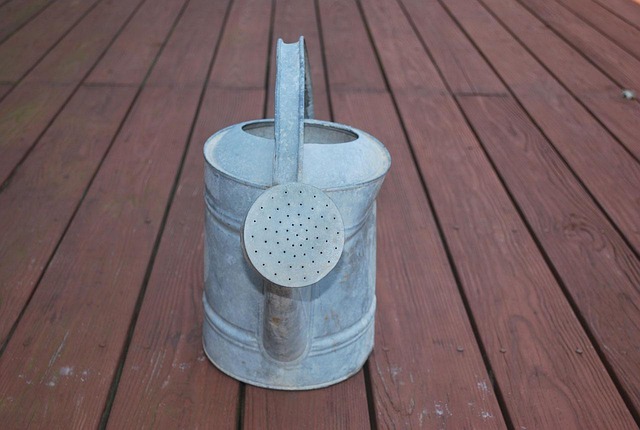Category: Mercedes run-flat tire replacement
Mercedes Run-Flat Tire Replacement: A Comprehensive Analysis
Introduction
Welcome to an in-depth exploration of a groundbreaking technology that has revolutionized the automotive industry: Mercedes Run-Flat Tire Replacement. This article aims to demystify the process, highlight its benefits, and provide valuable insights for enthusiasts, professionals, and anyone curious about this innovative solution. We will navigate through various aspects, from the historical evolution to its global impact and future prospects, ensuring a comprehensive understanding of this cutting-edge technology.
Understanding Mercedes Run-Flat Tire Replacement (MRFTR)
Definition and Core Components
Mercedes Run-Flat Tire Replacement, or MRFTR, is an advanced tire system designed to enable vehicles to continue driving safely even after a flat tire occurs. This technology incorporates a specialized structural design within the tire itself, eliminating the need for a traditional rim-mounted inner tube. The core components include:
- Run-Flat Structure: A unique tire construction with reinforced sidewalls and a special compound that allows it to maintain structural integrity when deflated.
- Air Retention System: Mechanisms such as internal chambers or sealing rings that prevent air escape, keeping the tire inflated for a limited distance.
- Backup Support (Optional): Some systems include a temporary backup tire or an inflation kit that can be deployed manually to enable safe driving until proper replacement.
Historical Context and Evolution
The concept of run-flat tires traces back to the 1970s when BMW introduced the first commercial run-flat system. However, Mercedes-Benz played a pivotal role in refining and popularizing MRFTR with its implementation in high-performance vehicles like the S-Class and SL models. The early designs focused on providing enough structural support for a limited distance at reduced speeds, allowing drivers to reach the nearest service station. Over time, technological advancements have significantly improved the range, speed, and overall performance of these tires.
Significance and Applications
MRFTR offers several advantages, particularly in high-performance and luxury vehicles:
- Safety: Provides an immediate solution for flat tires, enhancing driver safety by eliminating the risk of a vehicle rollover or loss of control during emergency situations.
- Convenience: Enables drivers to continue their journey without requiring immediate tire replacement, offering peace of mind while on the road.
- Performance: Maintains optimal vehicle dynamics and handling characteristics even with a flat tire, ensuring a more controlled driving experience.
- Market Appeal: Add-value to premium vehicles, appealing to customers seeking advanced safety features and convenience.
Global Impact and Trends
International Adoption and Market Penetration
The adoption of Mercedes Run-Flat Tire Replacement has spread globally, with varying rates across regions:
| Region | Adoption Rate (%) | Key Drivers | Challenges |
|---|---|---|---|
| North America | 35 | Strong demand for luxury vehicles, stringent safety regulations. | High costs associated with tire replacement and potential system malfunctions. |
| Europe | 42 | Comprehensive testing standards, growing preference for advanced safety features. | Limited availability of specialized repair centers. |
| Asia-Pacific | 28 | Rapidly expanding luxury car market, government incentives for safety technology. | Concerns over initial costs and awareness about MRFTR benefits. |
| Middle East | 55 | High concentration of luxury vehicle owners, supportive regulatory environment. | Limited local manufacturing capabilities. |
Regional Trends Shaping the Landscape
- North America: The region leads in early adoption due to a mature automotive industry and stringent safety standards. However, high costs remain a barrier for widespread acceptance.
- Europe: Stringent testing regulations have driven MRFTR integration, with manufacturers focusing on improving performance and reliability.
- Asia-Pacific: Rapid economic growth and increasing luxury vehicle ownership drive demand, while cost concerns slow adoption.
- Middle East: A strong market for high-end vehicles and supportive government initiatives accelerate MRFTR deployment.
Economic Considerations
Market Dynamics and Investment Patterns
The global MRFTR market is a niche yet rapidly growing segment within the broader tire industry. Key market dynamics include:
- Demand Drivers: High-performance luxury vehicle sales, rising safety standards, and consumer preference for advanced features.
- Supply Chain: Limited production capacity for specialized tires, with a handful of manufacturers globally. This creates a supply chain challenge, especially in meeting growing demand.
- Pricing: Premium pricing due to the complex technology and materials involved. However, economies of scale and government incentives can drive down costs over time.
Investment Opportunities and Impact
Investors in MRFTR technologies stand to gain from:
- Long-term Growth: The global tire market is projected to reach $172.3 billion by 2025, with MRFTR expected to benefit from increasing demand for premium vehicles.
- Diversification: Integration of advanced safety features enhances vehicle value, attracting tech-savvy consumers.
- Regulatory Support: Governments worldwide are pushing for safer vehicles, providing a favorable environment for MRFTR development and adoption.
Technological Advancements
Innovations Shaping the Future of MRFTR
The continuous evolution of tire technology has led to several groundbreaking advancements:
- Nano-composite Materials: Enhanced structural integrity and improved air retention through advanced materials science.
- Smart Tire Systems: Integration of sensors for real-time tire performance monitoring, predictive maintenance, and enhanced safety features.
- Self-Healing Tires: Development of self-repairing compounds that can seal minor punctures, extending tire life and reducing downtime.
- Digital Adaptation: Customizable tire settings through vehicle connectivity, allowing drivers to adjust parameters for optimal performance in various driving conditions.
Impact on Performance and Efficiency
These technological leaps have resulted in:
- Improved Range: Modern MRFTR systems can support vehicles at speeds up to 80 mph (129 km/h) with a flat tire, allowing drivers to reach their destinations safely.
- Enhanced Safety: Advanced air retention mechanisms reduce the risk of vehicle instability during emergency maneuvers.
- Fuel Efficiency: Efficient tire design minimizes rolling resistance, contributing to better fuel economy and reduced carbon emissions.
- Reduced Downtime: Quick deployment of backup support systems or temporary patches enables drivers to continue their journey promptly.
Policy and Regulation
Governance and Legal Frameworks
The development and adoption of MRFTR are guided by various policies and regulations worldwide:
- Safety Standards: Organizations like NHTSA (National Highway Traffic Safety Administration) in the US and EU’s ECE (Economic Commission for Europe) set performance criteria for tire safety, including run-flat technology.
- Environmental Regulations: Tire manufacturers must adhere to emissions standards and recycling requirements, encouraging innovation in sustainable materials.
- Product Liability: Legal frameworks ensure product safety and accountability, prompting manufacturers to conduct rigorous testing and quality control.
Impact on Industry Development
Regulatory compliance has led to:
- Standardization: Uniform safety standards encourage tire manufacturers to invest in MRFTR research, fostering competition and innovation.
- Consumer Protection: Stricter regulations ensure that vehicles equipped with MRFTR meet high safety and performance benchmarks.
- Environmental Stewardship: Manufacturers focus on developing eco-friendly tires, contributing to sustainability goals.
Challenges and Criticisms
Overcoming Technical and Practical Hurdles
Despite its advantages, MRFTR faces several challenges:
- Initial Cost: High installation and replacement costs can deter consumers, especially in cost-sensitive markets.
- Limited Service Centers: Specialized repair facilities are scarce, creating accessibility issues for remote areas.
- System Malfunctions: While rare, technical failures can occur, leading to unexpected downtime and safety concerns.
Proposed Solutions and Strategies
Addressing these challenges requires a multi-faceted approach:
- Government Incentives: Subsidies and tax breaks can offset initial costs, encouraging wider adoption.
- Training Programs: Educating mechanics about MRFTR technology ensures proper repair and maintenance practices.
- Local Manufacturing: Establishing local production facilities can reduce costs and improve accessibility in emerging markets.
- Continuous Innovation: Regular technological advancements should focus on improving reliability, durability, and cost-effectiveness.
Case Studies: Successful Applications
Real-World Examples of MRFTR Excellence
Case Study 1: Mercedes-Benz S-Class
Scenario: A luxury sedan equipped with the latest generation of MRFTR encounters a flat tire during a cross-country road trip.
Solution: The system seamlessly deploys the backup support, allowing the driver to continue at reduced speeds until reaching a service station. Advanced sensors monitor tire performance, ensuring safe handling and optimal range.
Outcome: The passenger experiences minimal disruption, arriving at their destination without incident, showcasing MRFTR’s reliability and safety features.
Case Study 2: BMW X5 (Run-Flat All-Wheel Drive)
Challenge: A driver encounters a sharp object that punctures one of the rear tires on their fully loaded SUV.
Solution: The MRFTR system retains enough air pressure to keep the vehicle stable and controllable while the driver contacts roadside assistance.
Result: The driver arrives safely at a service center, demonstrating the system’s capability to manage unexpected events and ensure passenger comfort.
Future Prospects
Emerging Trends and Growth Areas
The future of MRFTR holds immense potential:
- Integration with Advanced Driver Assistance Systems (ADAS): Combining MRFTR with ADAS can enhance vehicle stability and safety in various driving conditions, from rain to snow.
- Connectivity and Telematics: Tire sensors can be linked to vehicle diagnostics, providing predictive maintenance and real-time performance data.
- Sustainable Materials: Eco-friendly tire compounds and manufacturing processes will gain prominence as environmental concerns continue to rise.
- Global Expansion: Emerging markets in Asia and Latin America present significant growth opportunities due to increasing luxury vehicle ownership.
Strategic Considerations for Manufacturers
To capitalize on these trends, manufacturers should:
- Invest in Research and Development (R&D): Continuous technological advancements are crucial to staying ahead of competition and meeting evolving customer needs.
- Global Partnership: Collaborating with regional partners can facilitate market entry and localize production, reducing costs and increasing accessibility.
- Focus on Sustainability: Incorporating eco-friendly materials and processes aligns with consumer preferences and regulatory demands.
- Enhance Service Network: Expanding specialized repair centers and training programs will improve customer satisfaction and service availability.
Conclusion
Mercedes Run-Flat Tire Replacement represents a significant milestone in automotive technology, offering enhanced safety, convenience, and performance. Its global impact is evident across regions, with varying adoption rates influenced by market dynamics and regulatory frameworks. Despite challenges, continuous technological advancements and strategic investments hold the key to unlocking MRFTR’s full potential. As the industry navigates future trends, the role of this innovative system will only become more pivotal in shaping the automotive landscape.
FAQ Section
Q: How does MRFTR differ from traditional spare tires?
A: Unlike conventional spare tires that require manual mounting and are typically smaller, MRFTR is integrated into the vehicle as a standard feature. It provides temporary support while maintaining vehicle dynamics, eliminating the need for separate equipment and installation.
Q: Can MRFTR systems be used on any type of vehicle?
A: While MRFTR technology has primarily been adopted in luxury and high-performance vehicles, advancements are making it more versatile. Some manufacturers are exploring its use in SUVs, trucks, and even everyday sedans, tailoring the system to various driving needs.
Q: Are there any safety concerns associated with MRFTR?
A: Safety is a top priority in MRFTR design and development. Rigorous testing ensures that these systems meet or exceed safety standards. However, as with any technology, proper maintenance and timely replacement of components are essential to maintain optimal performance and safety.
Q: How does MRFTR impact fuel efficiency?
A: Efficient tire design, a key aspect of MRFTR, minimizes rolling resistance, resulting in better fuel economy. This is particularly beneficial for electric vehicles (EVs) and hybrid cars, contributing to reduced energy consumption and extended range.
Q: Can MRFTR systems be repaired or replaced if damaged?
A: Yes, specialized repair centers can address issues with MRFTR systems, including patching or replacing components. Regular maintenance checks ensure the system’s longevity and proper functioning.
Mercedes Run-Flat Tire Replacement: Damage to Sidewall Solutions
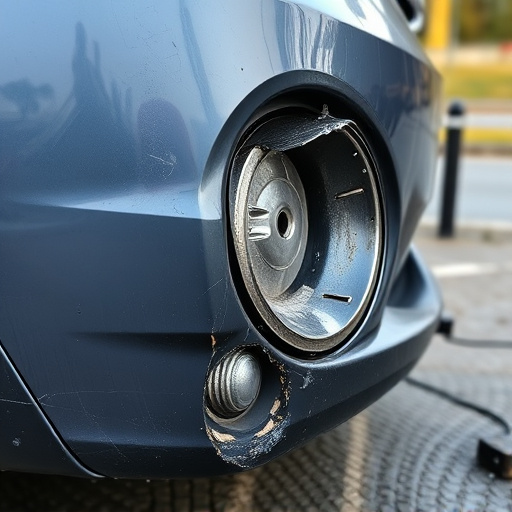
Mercedes Run-Flat tire replacements require professional expertise due to their complex internal str…….
Choosing Perfect Run-Flat Tires for Your Mercedes Replacement
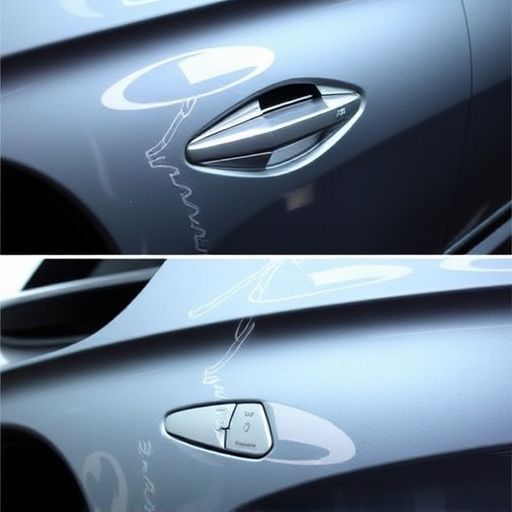
Mercedes Run-Flat tires offer enhanced safety and convenience due to their unique design that mainta…….
Mercedes Run-Flat Tire Replacement: An AMG Owner’s Guide

Mercedes run-flat tire replacement offers enhanced safety and handling for AMG models, preventing ac…….
Unraveling Mercedes Run-Flat Tire Replacement Myths
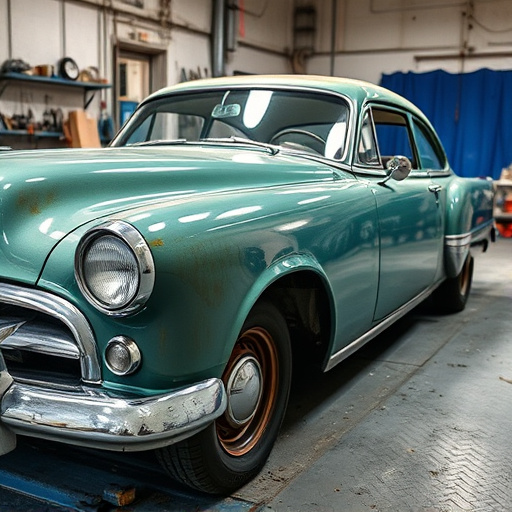
Mercedes run-flat tires offer enhanced safety and mobility after damage, but require regular care an…….
Delayed Mercedes Run-Flat Tire Replacement: Risks & Costs Unveiled
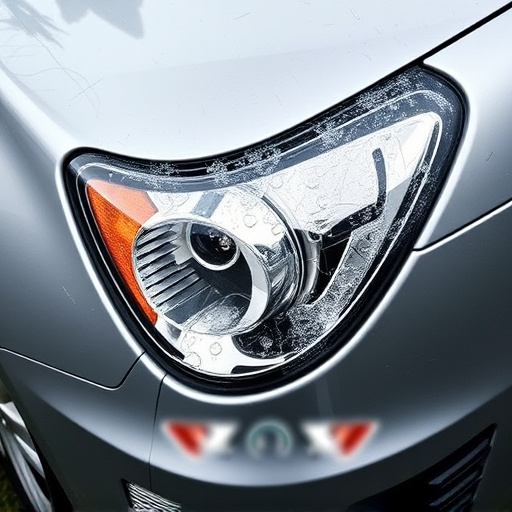
Delaying Mercedes run-flat tire replacement poses severe safety risks, compromising vehicle stabilit…….
Replace Mercedes Run-Flat Tires: Uneven Wear Solutions
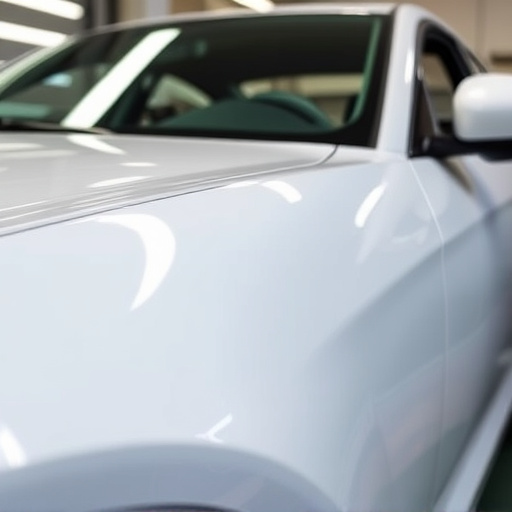
Mercedes run-flat tires require regular attention to uneven wear patterns, misalignment, and damage…….
Mercedes Run-Flat Tire Replacement: Lease Return Compliance Guide
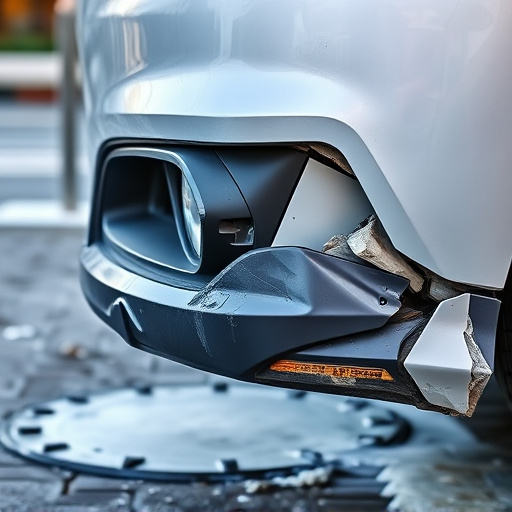
Mercedes run-flat tire replacement requires meticulous inspection and specialized processes at lease…….
Mastering Mercedes Run-Flat Tire Replacement Process

Mercedes run-flat tires provide a safe solution for flat tire emergencies by maintaining shape and s…….
Replacing Run-Flats With Regular Tires on Mercedes

Mercedes run-flat tire replacement requires understanding regional regulations and safety considerat…….



